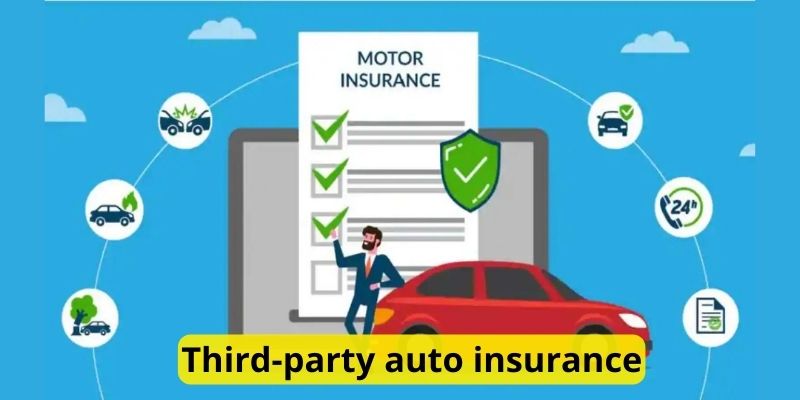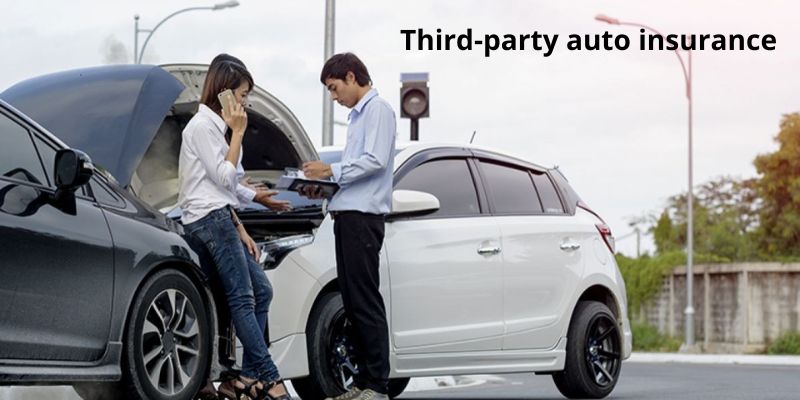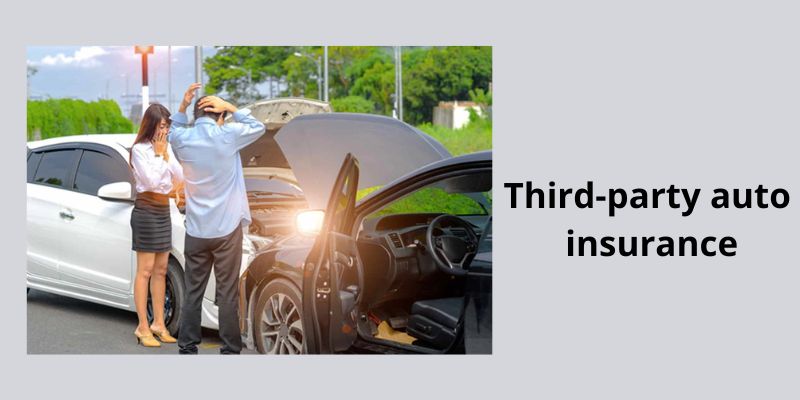Third-party auto insurance is essential for responsible vehicle ownership since it protects against any liabilities resulting from mishaps or harm done to other people. Although it is mandated by law in many places, it also provides drivers with piece of mind by paying for costs associated with property damage, bodily injuries, or legal claims stemming from an accident for which they are at fault.
Third-party auto insurance, as contrast to comprehensive insurance, concentrates primarily on defending the interests of other parties involved in an accident. Comprehensive insurance covers both third-party damages and the policyholder’s own vehicle. This kind of Third-party auto insurance is very helpful for individuals looking for a low-cost solution that satisfies legal standards while yet offering crucial security. carism.info will provide some of information for you in this post.
What Is Third-Party Auto Insurance?

With Third-party auto insurance, you are protected in case you hurt someone else or their property. That example, if you have third-party motor insurance, your insurance will cover the costs if you are at fault for the harm done to someone else’s person or property.
How Third-Party Auto Insurance Works
Once you understand who the third party is and what they stand for, Third-party auto insurance is easy to comprehend. You are considered to speak in the first person when you refer to yourself. The same is true with auto insurance, where t he first party is anyone or whatever buys the policy. The second party is the business from which you purchase insurance. The third party in this case could be harmed or have their property damaged if you are found to be at fault for the accident.
Let’s take the scenario where you are found to be at blame in a fender-bender. The other driver’s car’s bumper sustains damage despite their being no injuries. The good news is that you have Third-party auto insurance, which means that your insurance will cover the damage to the other person’s automobile under the policy’s property damage liability coverage.
What Does Third-Party Auto Insurance Cover?

Two categories of liability insurance exist:
Property damage liability insurance compensates for harm you (or someone who drives your car with your permission) causes to another person’s property. This form of coverage may be activated in the prior example of the fender collision and resulting bumper damage, but property can refer to any structure impacted by the at-fault driver’s vehicle, from light posts to buildings.
Body damage liability insurance: This insurance covers injuries you cause to people in other cars as a result of crashes. This kind of insurance might apply, for instance, if your fender bender also gave the other driver whiplash. If you reside in a state that has a no-fault insurance system, the bodily damage liability coverage of the at-fault motorist covers expenses that exceed that level after the third party’s personal injury protection policy has paid for losses up to a specified amount.
If your state still uses a classic tort insurance system, the at-fault driver’s medical insurance will cover any injuries they sustain themselves or those of their passengers, and their bodily damage liability coverage will cover any injuries they cause to a third party.
Alternatives to Third-Party Auto Insurance
Third-party auto insurance does not cover any harm to you, your passengers, or your possessions. You’ll require first-party protection to protect yourself, such as:
- Collision insurance: Collision insurance protects your car from harm if it collides with another vehicle or a building (even potholes).
- Comprehensive coverage protects you from losses to your car that aren’t caused by collisions, like theft, damage from the elements or other natural disasters, or vandalism.
- In the case of a collision, personal injury protection coverage pays your medical expenses as well as those of any other passengers in your vehicle.
- Uninsured motorist protection: This insurance compensates your expenses if an accident is caused by a driver who has little or no auto insurance.
Naturally, their liability insurance will cover your claims if you were hurt in an accident that was someone else’s fault (at least in jurisdictions where classic tort law is practiced).
Do I Need Third-Party Auto Insurance?

Most states mandate at least minimum liability coverage for both property damage and physical injury. Compare this to personal injury protection and uninsured motorist coverage, which more states permit drivers to forego, as well as collision and comprehensive coverage, which are often optional.
In areas without minimum coverage requirements, you might still need to obtain self-insured or show the state that you have the financial means to cover damages in the event of an accident.
How Much Does Third-Party Auto Insurance Cost?
The National Association of Insurance Commissioners’ most recent statistics on liability premiums nationwide in 2019 shows that drivers paid an average of $650.35 per year. However, the cost of Third-party auto insurance is influenced by a number of variables, including your driving history, how many miles you travel, and where you live.
People who reside in tiny towns or rural locations, drive safely, and log less miles typically pay less. Bundle your homeowners and auto insurance policies, and pick a policy with a greater deductible to further minimize the cost of your Third-party auto insurance premiums.
Requirements for Third-Party Auto Insurance
Typically, a standard motor insurance policy will cover both physical injury and property damage liability. Get quotations from various insurers in order to secure one; you’ll normally need to provide information about your vehicle, home, and the drivers in order to get a quote. Also possible is a credit check for you.
Depending on whether you were at fault for the accident or the victim, the claims procedure after obtaining Third-party auto insurance differs a little. In either scenario, exchange vehicle insurance information and contact details with the other driver at the scene of the collision, call your auto insurer, and, if practical, submit an accident report and gather as much information as you can regarding the collision. Here, pictures will come in handy.
In order to access the at-fault driver’s Third-party auto insurance to help cover costs, the victim often makes a claim with that driver’s insurance company. This means that if you were at fault for the collision, the at-fault party should submit a third-party claim to your insurance company. As a result, your insurance premium may increase by a particular proportion.